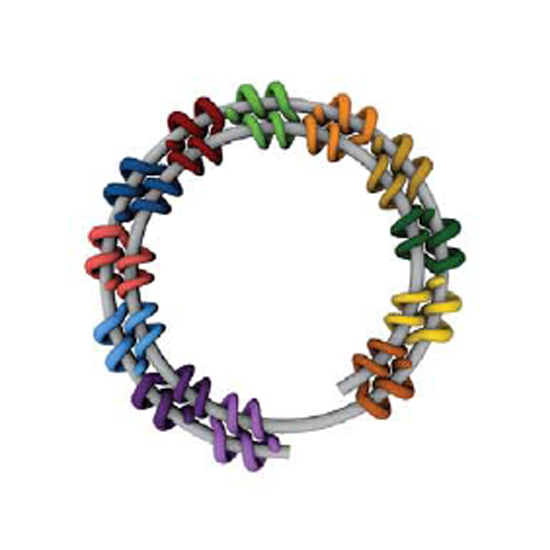Self-assembly of genetically encoded DNA-protein hybrid nanoscale shapes
24-Mar-2017
Science, Vol. 355, Issue 6331, eaam5488, DOI: 10.1126/science.aam5488
Science, online article
Controlling the spatial arrangement of functional components in biological systems on the scale of higher-order macromolecular assemblies is an important goal in synthetic biology. Achieving this goal could yield new research tools and pave the way for interesting applications in health and biotechnology. DNA origami enables constructing arbitrary shapes on the desired scale by folding a single-stranded DNA “scaffold” into user-defined shapes using a set of “staple” oligonucleotides, but single-stranded DNA is typically not available in living cells, and the structures usually assemble only at nonphysiological temperatures. The scope of functions that can be fulfilled by DNA itself appears so far still limited. Proteins, on the other hand, offer a large variety of functionalities and are easily accessible in cells through genetic encoding, but designing larger structural frameworks from proteins alone remains challenging.











